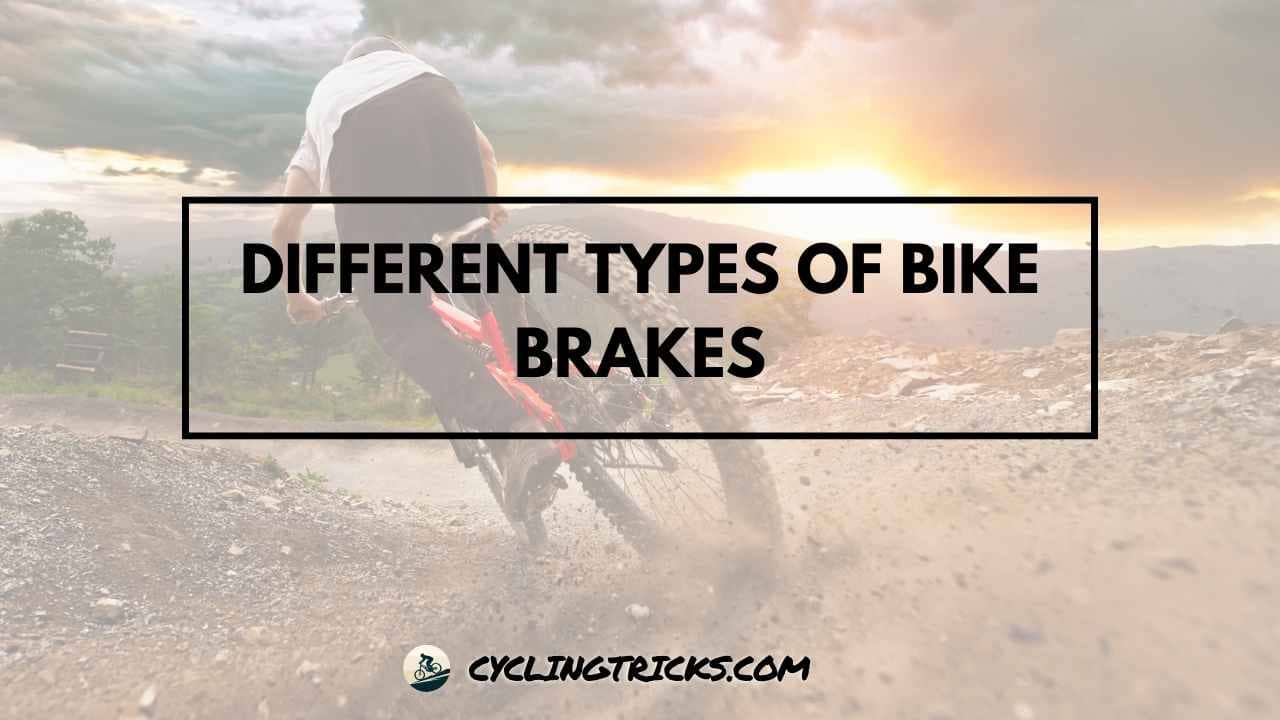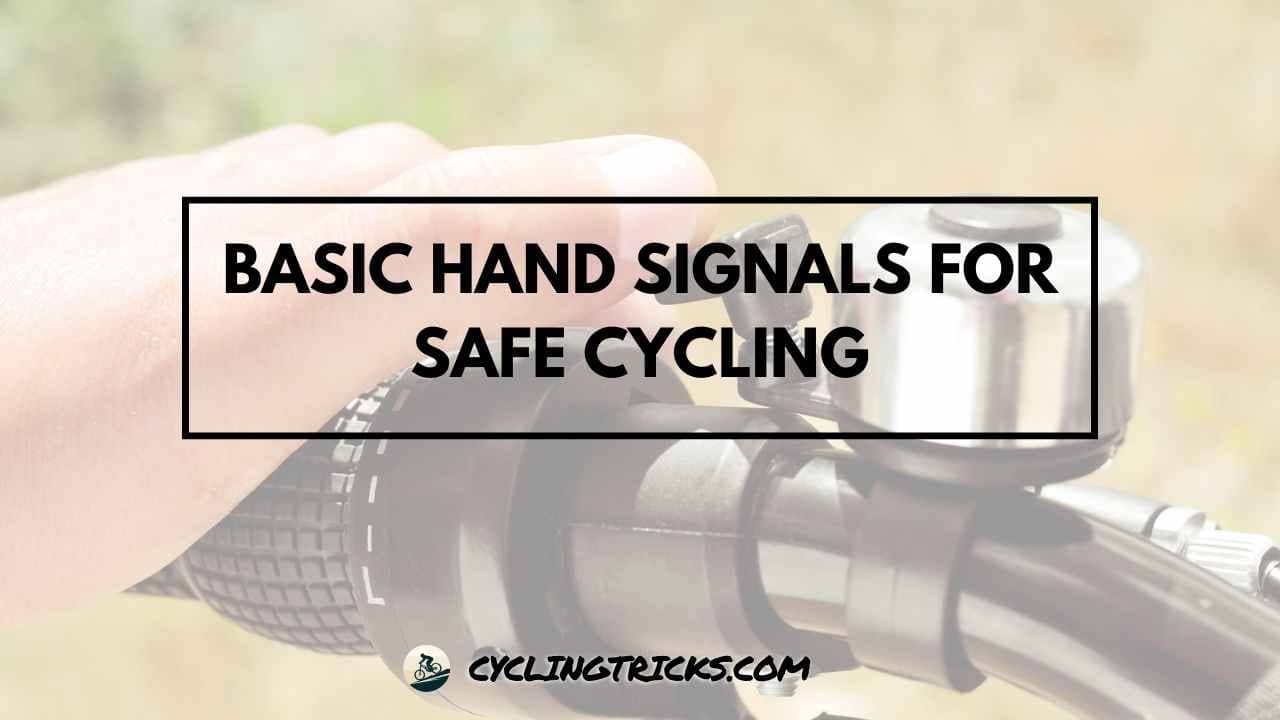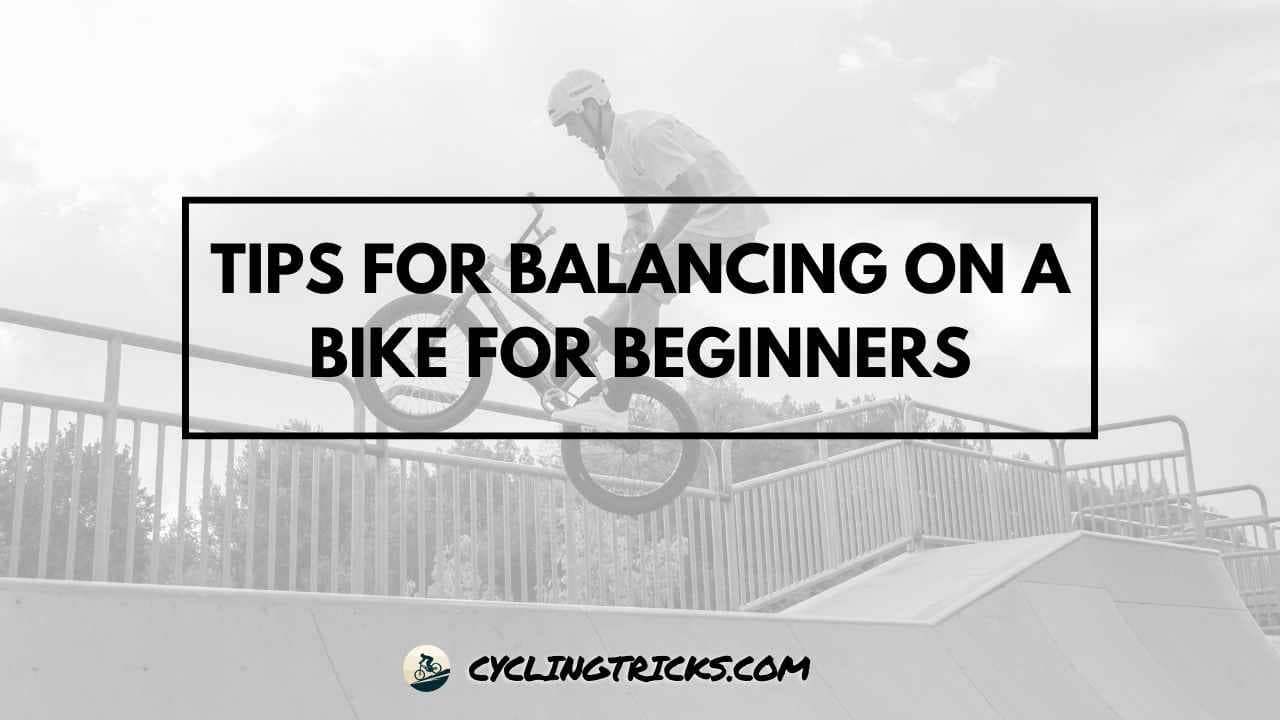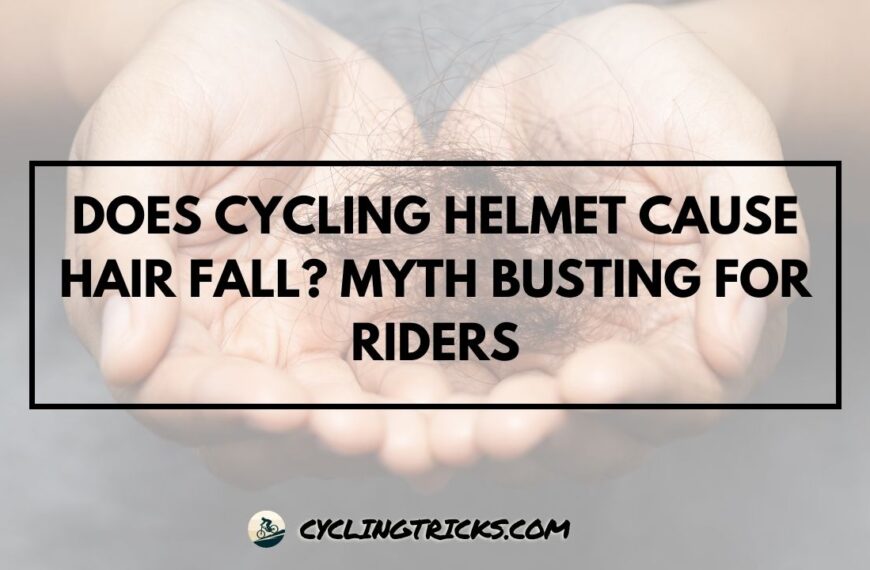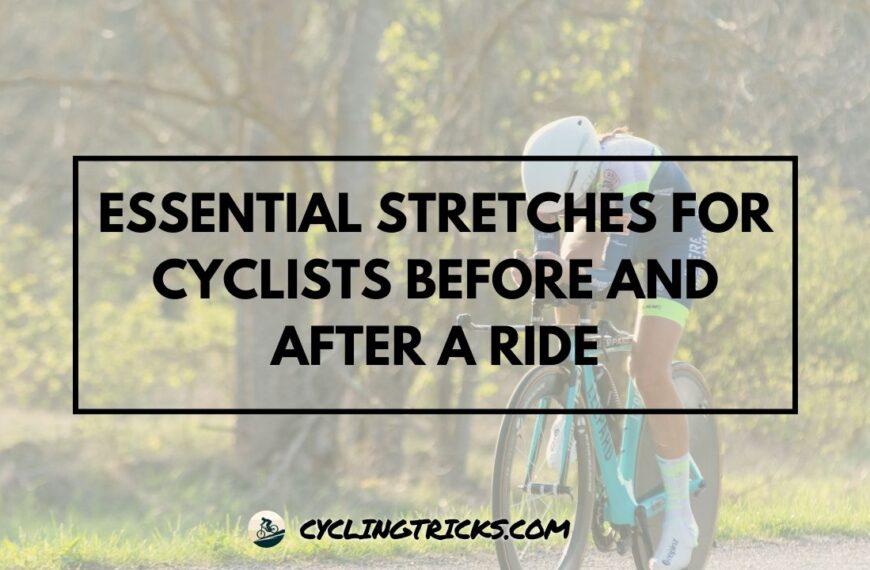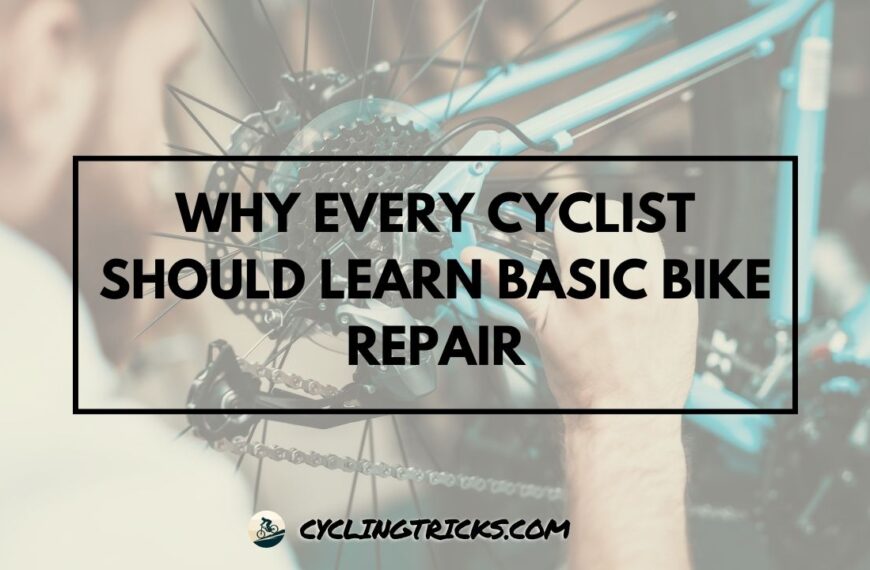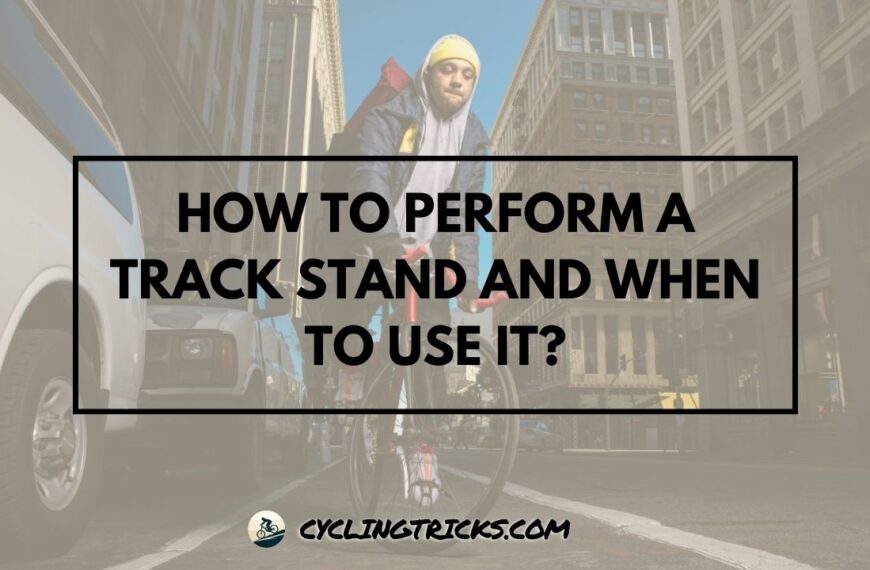Today, we’re delving into the world of bike brakes – specifically, the 4 different types that make it all happen. But before we dive into disc brakes, rim brakes, coaster brakes, and drum brakes, let’s take a quick ride through the history of these game-changers.
Understanding your bike brakes isn’t just about being a cycling expert; it’s about enhancing your connection with your ride and, most importantly, ensuring your safety. Stick around as we unpack the pros and cons of each brake type and explore which one suits your biking style best.
History of Bike Brakes

Now, let’s take a breezy ride through the history of bike brakes. Imagine this: back in the day when bikes first hit the scene, stopping wasn’t as simple as squeezing a brake lever. Nope, it was a wild ride of trial and error.
In the late 19th century, our biking ancestors experimented with all sorts of contraptions to halt their two-wheelers. Picture this: clunky spoon brakes rubbing against the tires. It was like trying to stop a speeding bike with a spoon – not the most effective, right?
Then came the rim brake, a game-changer in the early 20th century. This innovation involved clamping down on the wheel rims, providing better stopping power. It was like upgrading from a spoon to a decent fork.
As time rolled on, so did brake technology. The coaster brake made its entrance, nestled inside the rear hub. Imagine just backpedaling to slow down – a bit like a built-in brake magic trick.
Fast forward to the mid-20th century, and drum brakes took center stage. These were like the drummers of the biking world, residing in the wheel hubs and offering a more reliable stopping beat.
Now, let’s not forget the star of the show – the disc brake. This high-tech hero didn’t become mainstream until the latter part of the 20th century, but once it did, there was no turning back. With discs doing the stopping, it was like upgrading from a fork to a sleek, futuristic laser beam.
So, there you have it – a whirlwind tour through the evolution of bike brakes. From the humble spoon to the high-tech disc, each innovation brought us closer to the reliable stopping power we enjoy today.
Different Types of Bike Brakes
In this section, we’ll be discussing four different types of bike brakes.
If you are in a hurry, consider checking this table. This table highlights the key features and differences between the different types of bike brakes
| Brake Type | Stopping Power | Maintenance | Weather Resistance | Cost |
|---|---|---|---|---|
| Disc | High | Moderate | Excellent | High |
| Rim | Moderate | Easy | Moderate | Low |
| Coaster | Low | Low | Good | Low |
| Drum | Moderate | Low | Excellent | Moderate |
Here’s a little bit of explanation of the above table:
- Stopping Power: Indicate the general stopping power of each brake type, whether it’s high, moderate, or low.
- Maintenance: Mention the ease or difficulty of maintenance for each brake type, using terms like easy, moderate, or low.
- Weather Resistance: Evaluate how well each brake type performs in different weather conditions, such as excellent, good, or moderate.
- Cost: Provide a general cost comparison, categorizing each brake type as high, moderate, or low.
1. Disc Bike Brakes
Let’s zoom in on the first stop on our brake tour – the Disc Bike Brakes.
Now, imagine your bike’s wheels having sleek discs at the center – that’s the magic of disc brakes. These brakes are like the superheroes of stopping power, offering some cool advantages.
Pros of Disc Bike Brakes:
- Superb Stopping Power: Disc brakes provide impressive and reliable stopping power. When you need to halt in a flash, these brakes have your back.
- Consistent Performance: Rain or shine, disc brakes keep their cool. They’re less affected by wet conditions compared to other brake types, ensuring a consistent performance.
- Low Maintenance: Forget constant adjustments. Disc brakes are low-maintenance buddies, giving you more time to enjoy the ride.
- Compatible with Different Terrains: Whether you’re tackling hills or cruising on a flat road, disc brakes adapt well to various terrains, offering a smooth shopping experience.
Cons of Disc Bike Brakes:
- Cost Factor: The fancy tech comes with a price. Disc brakes might be a bit heavier on the pocket during the initial purchase.
- Complex Installation: Setting up disc brakes requires a bit more technical know-how. It’s like assembling a puzzle – might take a little time.
- Potential Noise: Sometimes, especially when wet, disc brakes can hum a bit. It’s like a gentle reminder that they’re at work.
In a nutshell, disc brakes are like the superheroes of the biking world, ensuring you stop precisely when you need to. With great power comes a bit of responsibility – a slightly higher cost and a touch more installation effort.
2. Rim Bike Brakes
Next up on our brake journey, we have the trusty Rim Bike Brakes. Imagine these brakes as the reliable old pals of the biking world, working their magic on your wheel rims.
Pros of Rim Bike Brakes:
- Budget-Friendly: Rim brakes won’t break the bank. They’re like the budget-friendly option, making them accessible to many riders.
- Lightweight Design: These brakes are feather-light. You won’t feel like you’re lugging around extra baggage on your bike.
- Easy Maintenance: Simple and straightforward – that’s rim brakes for you. Maintenance is a breeze, perfect for those who prefer a fuss-free ride.
- Widely Known and Used: You’ll find rim brakes on many bikes. They’re like the familiar faces in the biking world, making them easy to spot and maintain.
Cons of Rim Bike Brakes:
- Weather Influence: Picture this – it’s raining, and your rims are wet. Rim brakes might take a bit longer to stop your bike in these conditions. They’re a bit like your brakes taking a rain check.
- Wear on Rims: Over time, rim brakes can wear down your wheel rims. It’s like the price you pay for stopping – a bit of wear and tear.
- Less Stopping Power in Certain Conditions: Going downhill or need a sudden stop? Rim brakes might not be as snappy in these situations. It’s like they prefer a gentle slowdown.
In a nutshell, rim brakes are like the reliable sidekicks of biking. They get the job done without fuss, and you won’t need to break the bank. Just keep an eye on those wet weather conditions and be mindful of a bit of wear on your rims over time.
3. Coaster Bike Brakes
Now, let’s roll into the world of Coaster Bike Brakes – the brakes that bring a touch of simplicity to your cycling adventures.
Pros of Coaster Bike Brakes:
- Effortless Operation: Coaster brakes are like the easy button of stopping. A gentle backpedal, and voila – you’re slowing down effortlessly.
- Low Maintenance: Say goodbye to constant adjustments. Coaster brakes are low-maintenance pals, allowing you to focus on the joy of riding.
- Clean Aesthetic: No need for extra levers cluttering your handlebars. Coaster brakes keep things clean and simple, giving your bike a sleek look.
- Ideal for Casual Riders: If you’re not into the technicalities of bike maintenance, coaster brakes are perfect. They’re like the laid-back choice for casual riders.
Cons of Coaster Bike Brakes:
- Lack of Precision: Need to stop on a dime? Coaster brakes might not offer the precision you’re looking for. It’s like asking for a gentle slowdown, and they give you a chill cruise.
- Limited Terrain Adaptability: While great for cruising on flat terrains, coaster brakes might not be your best bet for downhill adventures. It’s like they prefer the easy, breezy rides.
- Installation Complexity: Setting up coaster brakes can be a bit tricky. It’s like assembling a puzzle – takes a bit of patience.
In a nutshell, coaster brakes are the laid-back buddies of the biking world. Effortless and low-maintenance, they’re ideal for casual riders who enjoy a relaxed cycling experience.
4. Drum Bike Brakes
Let’s now dive into the world of Drum Bike Brakes – the unsung heroes quietly tucked away in your wheel hubs.
Pros of Drum Bike Brakes:
- All-Weather Reliability: Drum brakes are like dependable friends who don’t mind a bit of rain. They work consistently well in various weather conditions.
- Low Maintenance: If you’re not a fan of constant tinkering, drum brakes are your go-to. They’re low-maintenance, giving you more time for carefree rides.
- Enclosed Design: Shielded from the elements, drum brakes stay protected inside the wheel hub. It’s like having a secret weapon for reliable stopping power.
- Smooth, Predictable Stops: Drum brakes offer smooth and predictable stops. It’s like having a brake partner that dances to the rhythm of your ride.
Cons of Drum Bike Brakes:
- Heat Buildup: Intense downhill rides might heat things up. Drum brakes can be a bit like feeling the heat after a dance party – they need a breather.
- Weight Consideration: Drum brakes add a bit of weight to your bike. It’s like carrying a small bag of groceries – not a major load but worth noting.
- Installation Know-How: Setting up drum brakes might require a bit of technical know-how. It’s like putting together a puzzle – takes a bit of patience and attention.
In a nutshell, drum brakes are reliable partners in your biking journey. With consistent all-weather performance and low maintenance, they’re like the quiet achievers ensuring your stops are smooth and predictable.
Best Types of Bike Brake for Mountain Biking
When you’re navigating steep descents and unpredictable terrains, having reliable brakes is like having a trustworthy companion on your mountain biking adventure. Let’s check out the contenders:
Disc Bike Brakes:
- Why They Shine: Picture this – you’re hurtling down a rocky path, and you need to stop in an instant. Disc brakes deliver the stopping power you crave in these challenging mountain terrains.
- What to Keep in Mind: While they offer superb performance, be prepared for a slightly higher initial cost and a bit of extra weight.
Rim Bike Brakes:
- Why They Hold Their Ground: Rim brakes are like the dependable friends that have been around. For mountain biking, they’re budget-friendly and easy to maintain.
- What to Keep in Mind: If your trails involve wet conditions, rim brakes might take a bit longer to stop your ride. Also, keep an eye on potential wear and tear on your wheel rims.
Coaster Bike Brakes:
- Why They’re a Chill Choice: Coaster brakes bring simplicity to the mountain biking scene. Effortless backpedaling gives you a relaxed way to slow down.
- What to Keep in Mind: While great for casual rides, coaster brakes might not provide the precision needed for intense mountain descents.
Drum Bike Brakes:
- Why They Tackle the Terrain: Drum brakes, with their all-weather reliability, are like the mountain biking warriors. They smoothly handle various conditions, ensuring consistent stops.
- What to Keep in Mind: Keep an eye on heat buildup during prolonged downhill rides, and be ready for a bit of extra weight.
In the world of mountain biking, finding the best brake is like choosing the right gear for your adventure. Consider your trail preferences, weather conditions, and how much maintenance you’re willing to handle. Whether you go for the stopping power of disc brakes or the familiarity of rim brakes, the key is to ensure your brakes are your trusty companions on those challenging mountain paths.
Best Types of Bike Brake for Road Biking
Let’s explore the optimal brakes for road biking, considering the smooth pavements and traffic scenarios typical of city rides.
Rim Bike Brakes:
When envisioning a leisurely cruise down a city street, Rim Bike Brakes emerge as a practical choice. They offer reliable stopping power, are budget-friendly, and demand minimal maintenance. However, in wet conditions, they might require a bit more time to bring your bike to a halt. Additionally, keep an eye on potential wear and tear on your wheel rims over time.
Disc Bike Brakes:
For those seeking modern technology, Disc Bike Brakes shine on the roads. With superb stopping power, they navigate through traffic and sudden stops with ease. While they come with a slightly higher price tag, their consistent performance and reliability make them a solid choice for road bikers.
Coaster Bike Brakes:
If you prefer a laid-back approach to road biking, Coaster Bike Brakes keep it simple. A gentle backpedal is all you need for a relaxed slowdown on city streets.
Ideal for casual rides, coaster brakes might not provide the precision required for sudden stops or navigating through traffic.
Drum Bike Brakes:
For the quiet heroes of road biking, Drum Bike Brakes step in with all-weather reliability. They offer smooth, predictable stops in various conditions, making them a reliable companion for your urban journeys.
Keep an eye on heat buildup during extended rides and note that drum brakes add a bit of weight to your bike.
In the realm of road biking, selecting the right brake is akin to curating the perfect playlist for your journey. Consider your preferences, the typical weather conditions on your routes, and your desired level of maintenance involvement.
Whether you opt for the precision of rim brakes or the high-tech reliability of disc brakes, ensure your brakes are reliable companions on those smooth road adventures.
How Do You Take Care of Bike Brakes?
Maintaining your bike brakes is like giving your trusty ride a little love to keep it going smoothly. Here’s a simple guide on how to take care of your bike brakes:
1. Keep it Clean:
Just like washing your hands, clean brakes work better. Wipe off any dirt or grime from your brake pads and rims using a damp cloth. It’s like giving your brakes a little spa day.
2. Check for Wear:
Keep an eye on your brake pads. If they look thin or worn, it’s time for a change. It’s a bit like getting new shoes when the old ones are too worn out.
3. Adjust if Needed:
If your brakes feel too loose or too tight, you can make small adjustments. It’s like tuning a guitar – a little tweak here and there can make a big difference.
4. Watch for Strange Sounds:
If your brakes start making weird noises, it’s like your bike telling you something’s up. Check for any rubbing or grinding sounds – a sign that adjustments might be needed.
5. Test the Braking Power:
Before hitting the road, give your brakes a quick test. It’s like pressing the brake pedal in a car – make sure your bike stops smoothly and quickly when you need it to.
6. Lubricate Moving Parts:
A little oil can go a long way. Lubricate the moving parts of your brakes, like the pivot points. It’s like giving your bike joints a bit of oil for smooth movement.
7. Check the Cables:
Inspect your brake cables for any fraying or damage. It’s like checking your phone charger for wear and tear – you want it to be in good shape for a reliable connection.
8. Mind the Weather:
If you’ve been riding in the rain or wet conditions, dry off your brakes afterward. Wet brakes can be a bit like slippery shoes – they need a bit of time to regain their grip.
Remember, taking care of your bike brakes is a bit like taking care of yourself – a little attention goes a long way. Regular check-ups and quick fixes ensure that your brakes are always ready for the next adventure.
What If You Don’t Know About Different Types of Bike Brakes

No worries if the world of bike brakes seems a bit confusing – we’ve all been there! Imagine hopping on your bike, and someone mentions different types of brakes. It might feel like discovering a new flavor of ice cream – a bit perplexing at first, but nothing to stress about.
Firstly, take it easy. If you’re not a brake expert, that’s fine. It’s a bit like not being a master chef but still enjoying a good meal. Riding your bike doesn’t require knowing all the technical details.
If you’re feeling a bit lost, don’t hesitate to ask around. Fellow riders or bike shop experts are like your friendly neighborhood guides, happy to share their knowledge and help you navigate the brake landscape.
Consider going for a test ride. Feeling how the brakes respond is like test-driving a car – it gives you a real-life sense of how they work in different situations. It’s a hands-on approach to learning.
If your bike came with a manual, glance at it. It’s like reading the instructions for a new gadget – it can provide some helpful insights into your bike’s brakes, making things a bit clearer.
Take it one step at a time. Understanding bike brakes is like learning to ride itself – a gradual process. Start with the basics, such as knowing where the brake levers are. It’s like learning the ABCs before diving into complex words.
Explore online resources. The internet is like having a library at your fingertips. Look for beginner-friendly guides or videos that explain the different types of bike brakes. Visual aids can often make things simpler.
Consider visiting a local bike shop. Local bike shops are like the doctor’s office for your bike. Pop in, and ask questions – they’re there to help. It’s like consulting a mechanic for your car; they can provide valuable insights.
Remember, learning about bike brakes is like acquiring any other skill – it takes time and practice. No need to stress; just enjoy your ride, and as you go along, you’ll pick up the brake basics.
FAQs
What type of bike brake is best for mountain biking?
Disc brakes are often preferred for mountain biking due to their excellent stopping power and reliability on challenging terrains.
Are coaster brakes suitable for intense downhill rides?
Coaster brakes are more suitable for casual rides; they may lack the precision required for intense downhill descents.
Which brake type requires the least maintenance?
Coaster brakes generally require low maintenance, making them a hassle-free choice for riders who prefer simplicity.
Do drum brakes perform well in wet weather conditions?
Yes, drum brakes excel in wet conditions, providing consistent performance and reliability in various weather scenarios.
Are disc brakes budget-friendly?
Disc brakes tend to have a higher initial cost, but their reliable performance often justifies the investment, especially for avid cyclists.
Conclusion
To sum it up, figuring out bike brakes doesn’t have to be hard. It’s like learning to ride – take it easy, and you’ll get the hang of it.
If brakes confuse you, that’s okay. Just ask people who know, like other bikers or folks at the bike shop. They’re like friends who help you out.
Imagine trying out the brakes during a ride – it’s like testing a new game. Feel how they work, and you’ll understand better. Manuals are helpful too, like reading instructions for a game – they give you tips.
Learning is like taking steps. Start with the basics, like where the brake levers are. It’s like learning simple letters before big words.
Look online for help – it’s like having a big book on your computer. Videos can show you stuff in an easy way.
And if you’re still unsure, visit a bike shop. They’re like a bike doctor’s office. Ask questions – they’ll help, just like a car mechanic does.
Remember, learning about brakes is like any other new thing – it takes time. Don’t worry, enjoy your bike ride, and little by little, you’ll understand. Happy biking!

